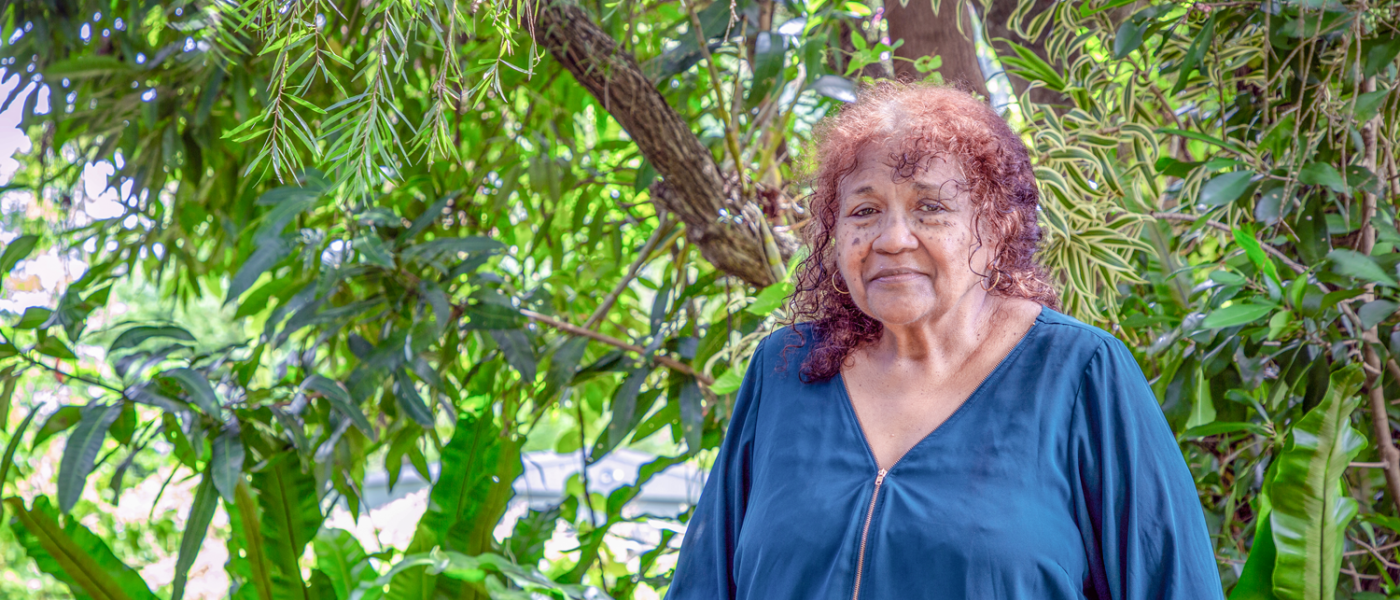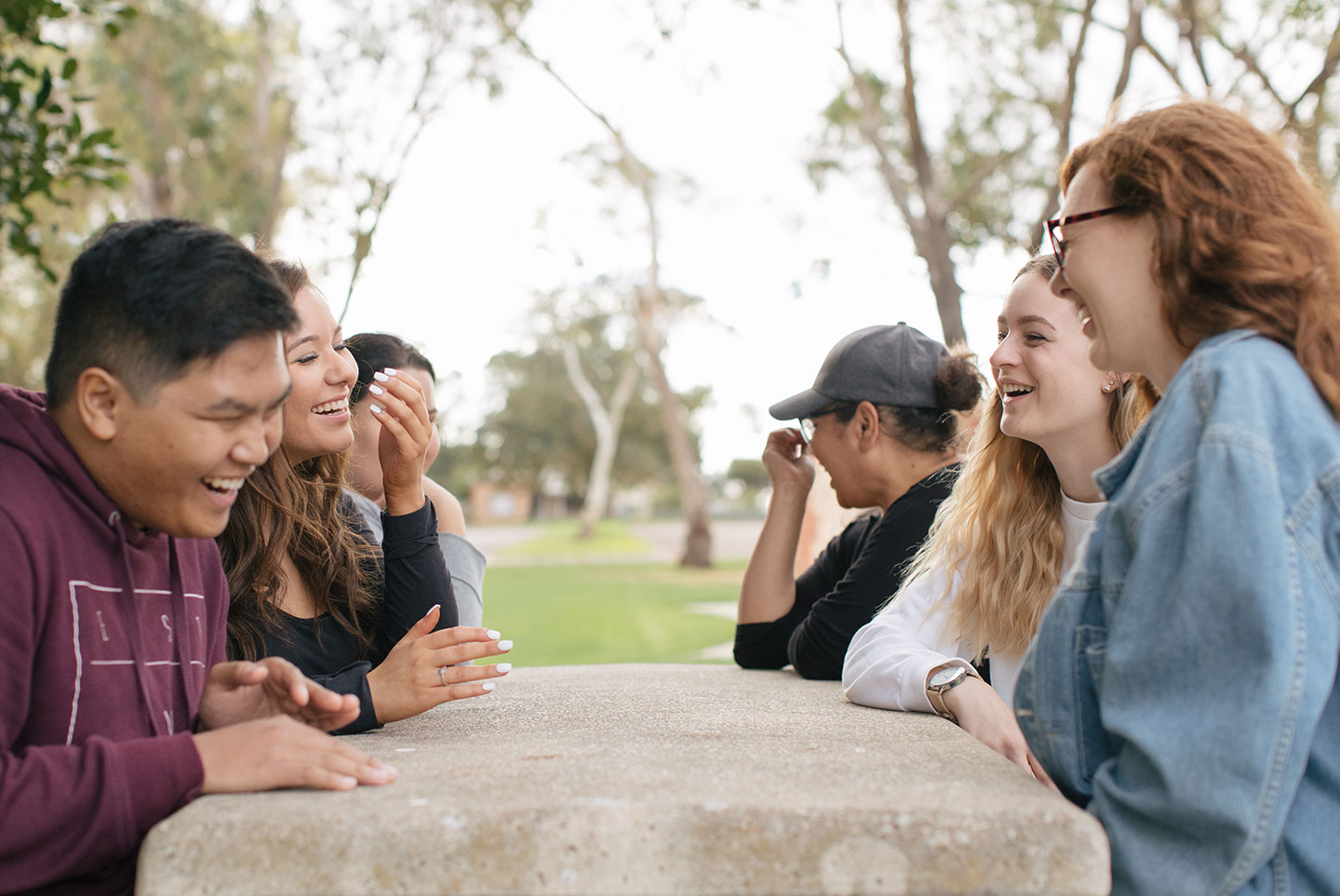Maggie was only six when she first experienced prejudice. But despite her young age, what Maggie experienced was, and is, commonplace for many First Nations people throughout Australia. While racism might look a little different these days, or in some cases less overt, it’s still there.
Through her story, Maggie talks about how Aboriginal and Torres Strait Islander people “are made to stay silent about a lot of things” and that “nobody could tell their stories”. For a long time, many First Nations people have kept tight-lipped about their stories of personal encounters with racism, discrimination, bias and trauma as a way of protecting themselves from reliving past experiences.
Continue reading
Enjoy access to free resources
Register nowAlready registered? Login

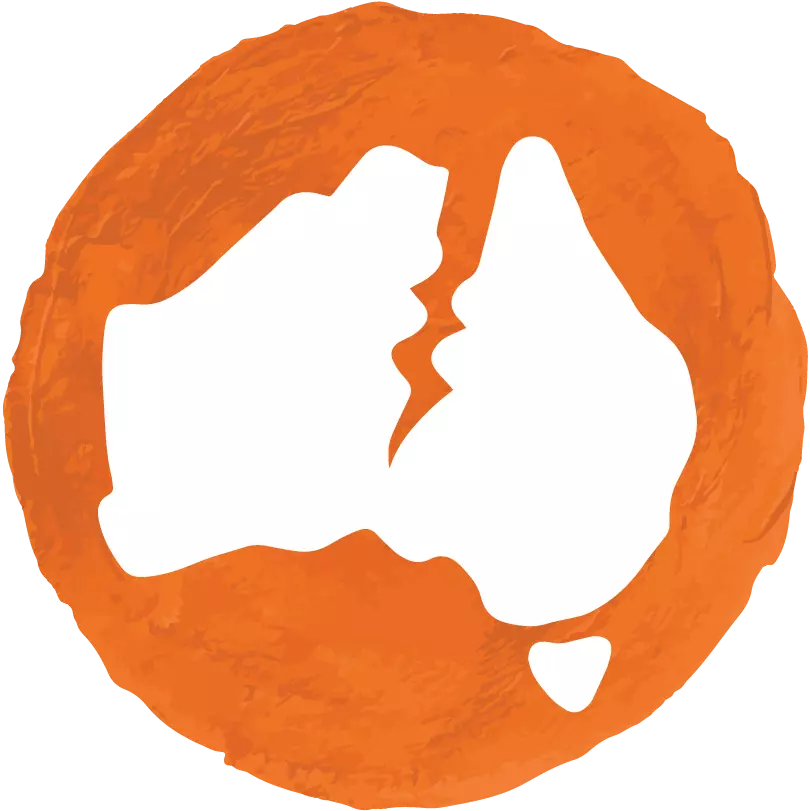 The Wound
The Wound
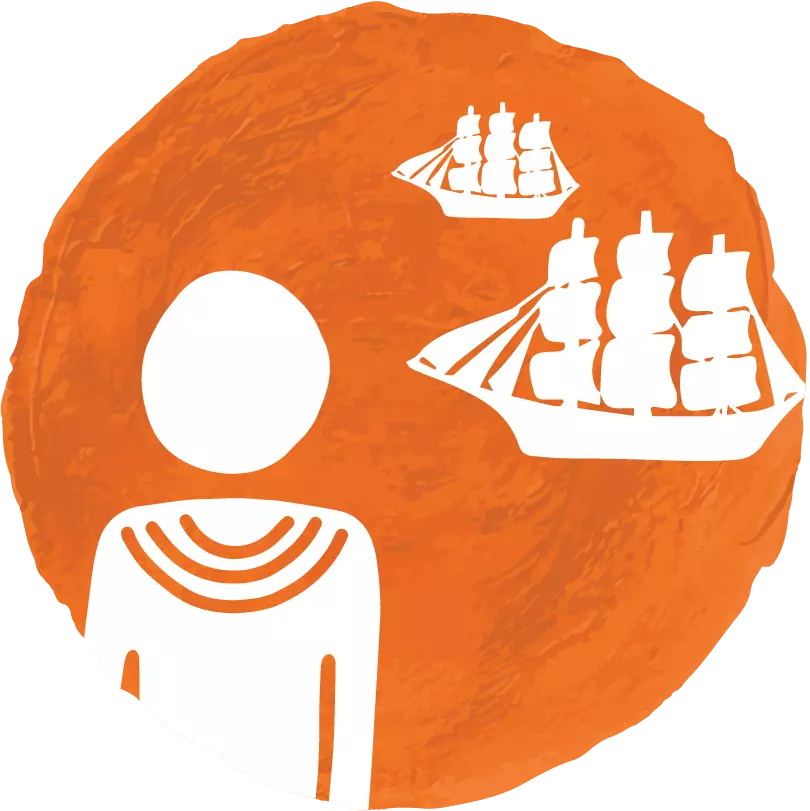 Our History
Our History
 Why Me?
Why Me?
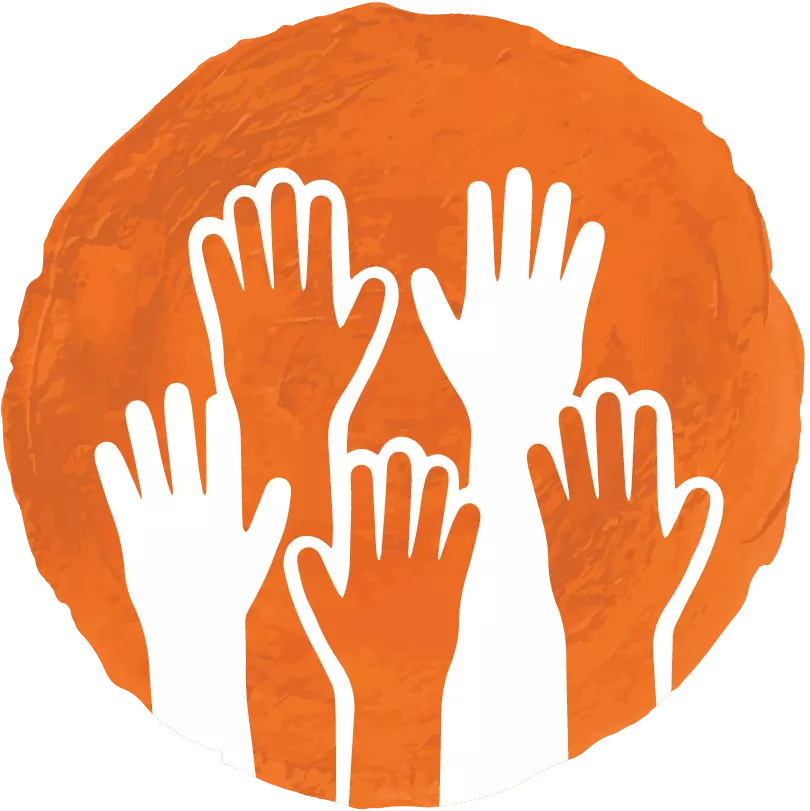 Our Cultures
Our Cultures
 My Response
My Response

